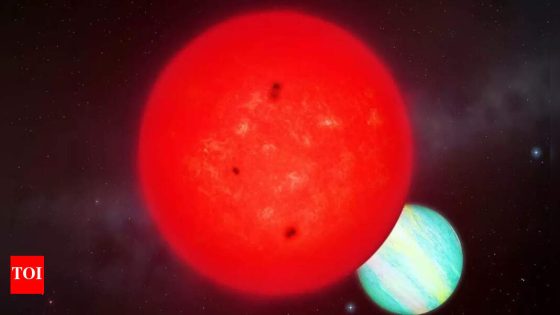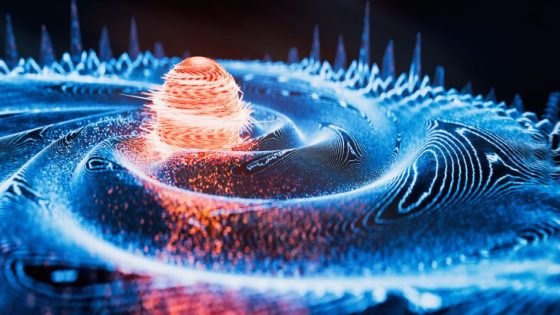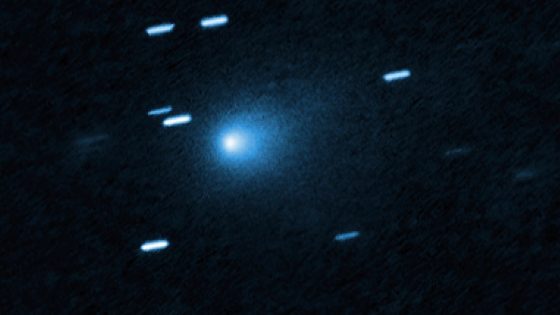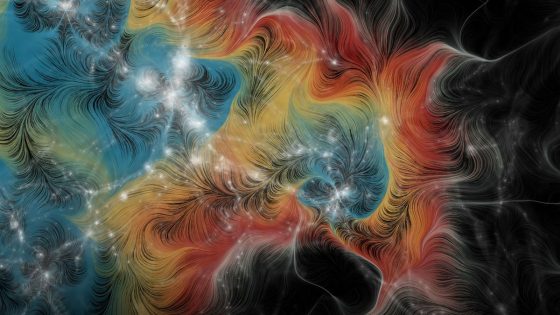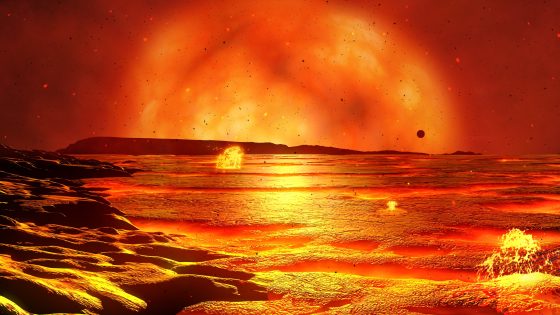Astronomers have made a groundbreaking discovery with the giant planet TOI-6894b orbiting a small red dwarf star. This finding, reported on 2025-08-11 05:30:00, challenges long-held beliefs about planet formation around low-mass stars.
- TOI-6894b orbits a small red dwarf star.
- It is larger than Saturn but less massive.
- Discovery challenges traditional planet formation theories.
- James Webb Telescope will study its atmosphere.
- Giant planets may be common around small stars.
- Research involves multiple universities in the UK.
TOI-6894b is larger than Saturn but only half its mass, raising questions about how such a massive planet can exist around a star with just one-fifth the mass of our Sun. This discovery suggests that large gas planets may be more common around small stars than previously thought.
This revelation prompts US to reconsider our understanding of how planets form. Could traditional models of planet formation be too restrictive? The implications are significant:
- TOI-6894b’s existence may indicate that many more large planets could orbit small stars.
- This challenges the core accretion theory, which posits that low-mass stars lack sufficient material for giant planets.
- Further studies could reshape our models of planetary formation across the galaxy.
As scientists prepare to study TOI-6894b’s atmosphere using the James Webb Space Telescope, we stand on the brink of new insights that could redefine our understanding of the cosmos.



